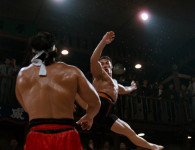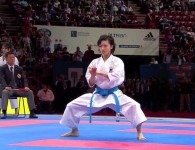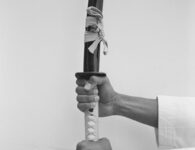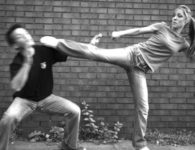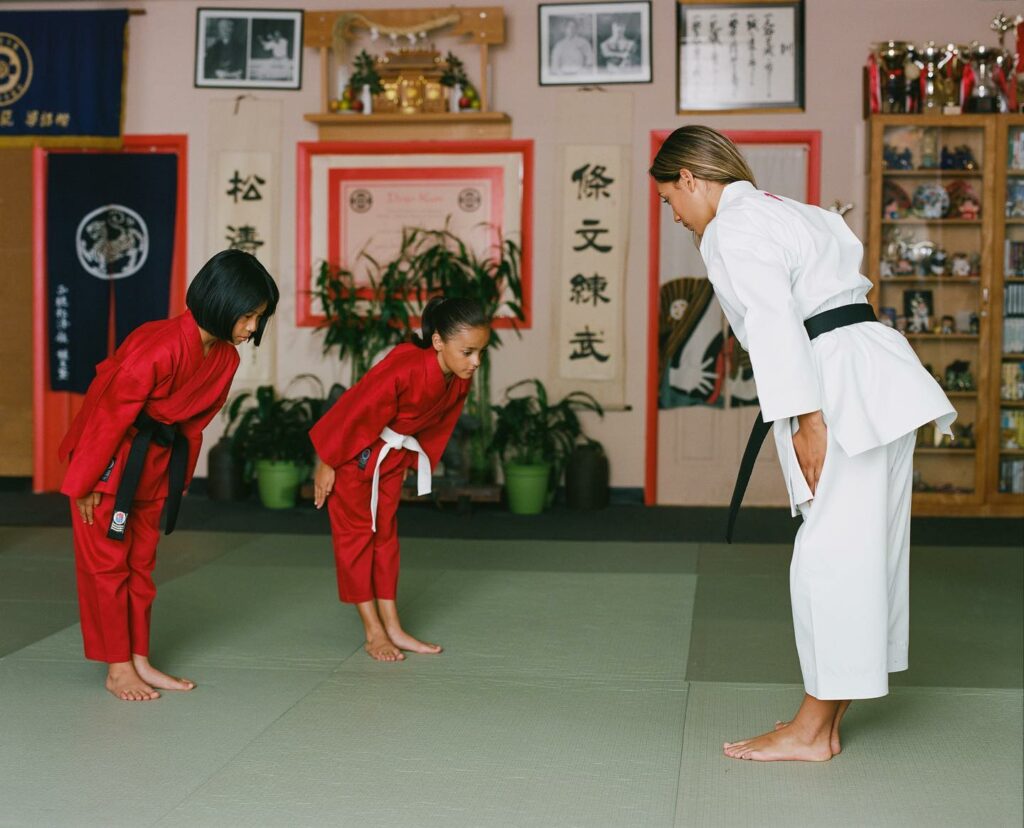
Budo. Bushido. If you’ve studied martial arts at all, you probably know these words. You might even have some familiarity with the ideas behind the words.
But here’s where it gets complicated.
Scholars have been writing about bushido and budo for centuries. Martial artists have been teaching them for even longer. Each individual has had their own understanding of budo and bushido and has expressed them in their own way. These ideas have also evolved as they’ve spread from continent to continent and martial art to martial art over the past few hundred years.
This means that, depending on where we learned about budo and bushido and how we learned about it, we also have our own unique understanding of these concepts.
But who is right? What does budo really mean? What does bushido mean? And when do we use one versus the other?
Those questions are also complicated, and learning the true answers will probably take as long for us to understand as martial arts take to master. But let’s try to tackle the basics now:
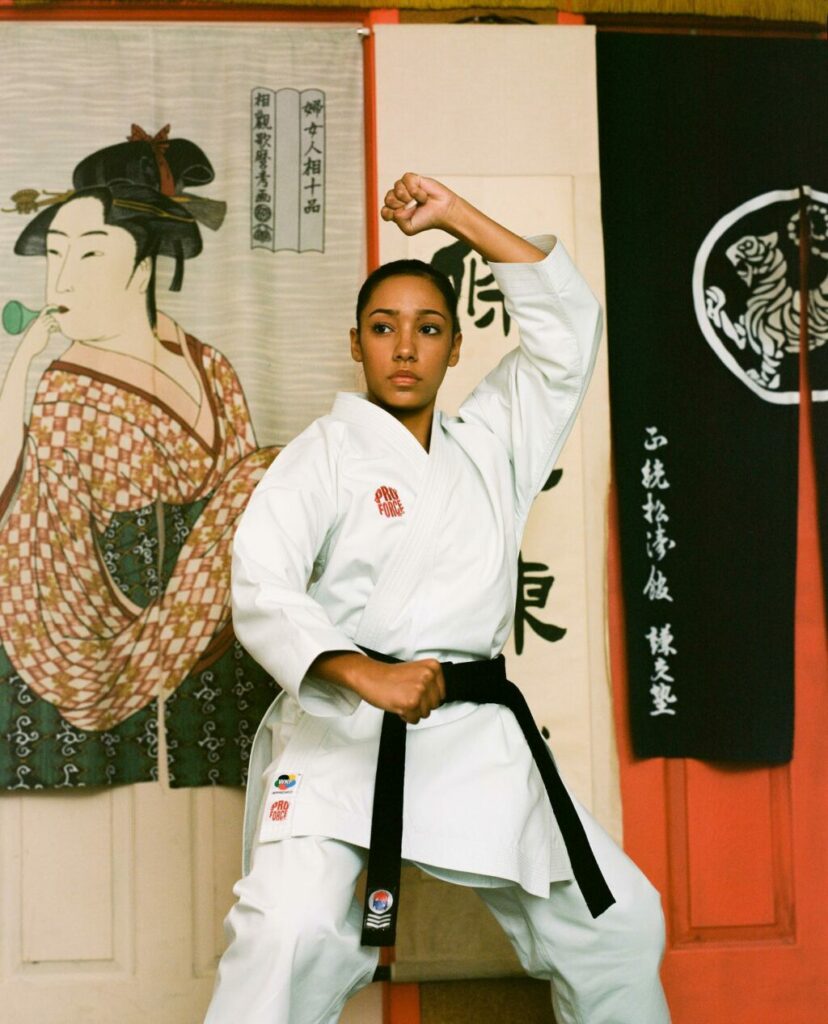
What is Budo?
In Japanese, “bu” means “war” or “martial” and “do” means “path” or “way.” So the literal English translation of budo is “the martial way.” You might also see it referred to as “the way of war.”
In general terms, budo is now used to describe both the training and culture that goes into martial arts practice. (“Bujutsu” which can be translated as “science of war” or “martial craft,” is the word to use if you’re only talking specifically about martial arts techniques.) Some western martial arts enthusiasts have broadened their use of budo to include any martial art and the way it develops the body and mind. Others believe that budo should only describe martial arts that originated in Japan around or after the time that the word budo came into use in the 16th century. Under that definition, budo martial arts include Aikido, Judo, Jujutsu, Karate, Kendo, Kempo, and Sumo.
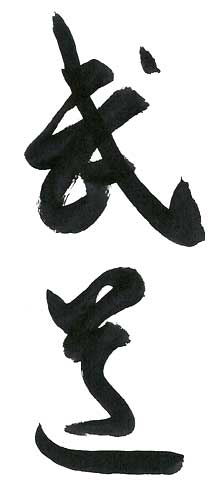
Source: Wikipedia
What is Bushido?
Now that we know what “bu” and “do” mean, let’s tackle the “shi.” In Japanese, “shi” means warrior, or knight, which makes the literal English translation of “Bushido” is “Military-Knight-Ways.” It’s more commonly understood as the way or the path of the warrior. Or, more specifically, the way of the samurai.
The word “Bushido” dates back to 17th century Japan, but it came into more common use in Japan and the rest of the world with the publication of Nitobe Inazō’s Bushido: The Soul of Japan in 1899.
In his work, Nitobe described bushido as “the code of moral principles which the samurai were required or instructed to observe […] More frequently it is a code unuttered and unwritten […] It was an organic growth of decades and centuries of military career. In order to become a samurai this code has to be mastered.”
Bushido, as Nitobe explained it, was based on eight virtues. While he describes these principles in more detail in Bushido: The Soul, in general they involve: righteousness, heroic courage, benevolence and compassion, respect, honesty, honor, duty and loyalty, and self-control. Associated virtues include filial piety, wisdom, and fraternity.
The use and meaning of bushido has changed greatly over time, becoming everything from a set of peaceful principles employed to influence a person’s moral code to militaristic propaganda used to romanticize war. Today, it is most commonly applied as a description of the rules that governed a samurai’s way of life. But some martial artists have applied to the word to their own martial arts training and way of life.
This is where the confusion with budo comes from.
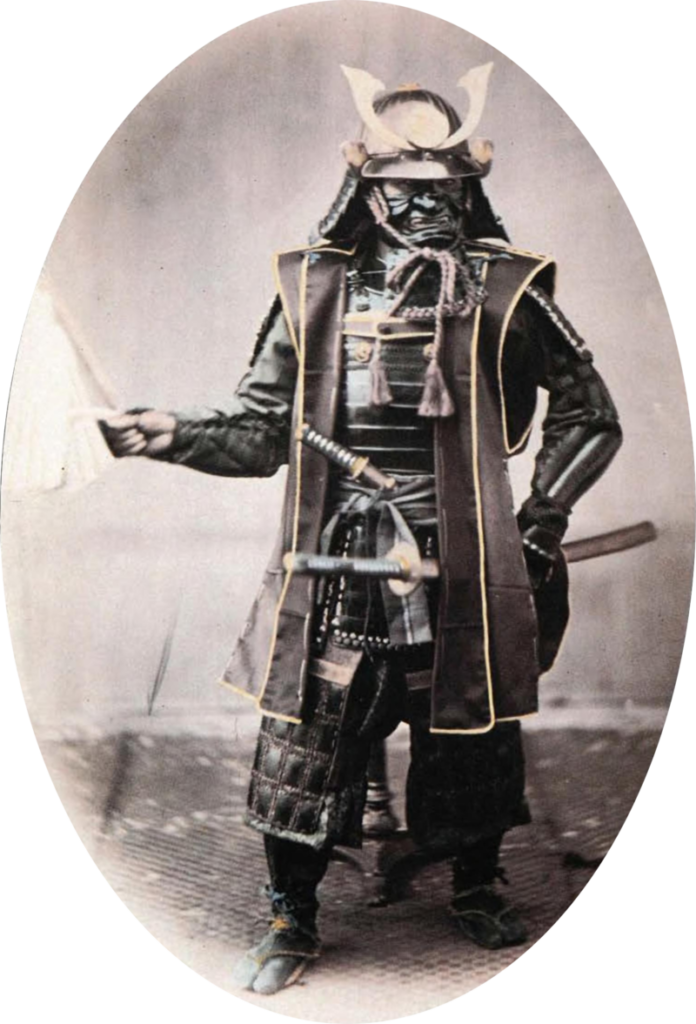
Source: Wikipedia
Budo vs Bushido: Which should we use?
Trying to determine whether budo or bushido better describes your martial arts training and your martial arts philosophy is also complicated. It’s important to understand the origins of the concepts, but modern context matters, too. If you’re seriously interested in applying both budo and bushido properly in your own martial arts journey, the best thing to do is to become better informed. Read up on the history of budo and bushido — and on the martial arts and the martial artists who contributed to the legacy they have today. Then seek out current sources, including your sensei. Talk to your fellow martial arts students about it, too. Once you have a more thorough understanding of budo and bushido, you can decide how they apply to you and how you feel using them.
If that sounds overwhelming, though, don’t worry! Learning about budo and bushido and using the terms properly matters, but the most important thing of all is embodying budo and bushido. As long as you’re applying what you learn in the dojo to your life, and as long as doing your best to live by those virtues, you’re on the right track!












